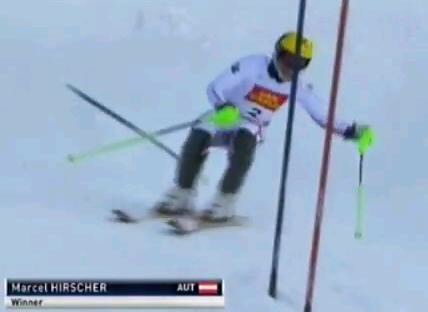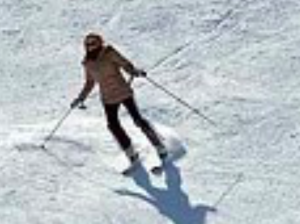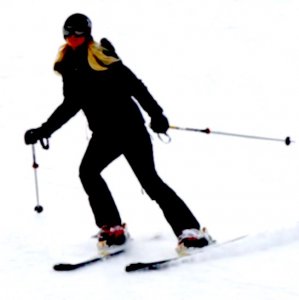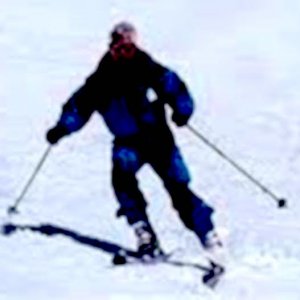- Joined
- May 4, 2017
- Posts
- 1,139
As many skiers hang up their skis for the season, they reach for their clubs. When it comes to outcomes, both these sports rely on the ability to create Centripetal turning force. In skiing, it is the result of carving actions. In golf, it is the result of swing development and the circular path of the club head in relation to the intended trajectory of the ball.
One of the YouTube educators I follow is Mike Malaska. IMO, Mike does a good job at addressing the realities of the sport and providing clear and logical explanations. In the following Video, he addresses the subject of rotation/turning, hip movement and straight line forces. He makes the point (which is what caught my attention) that the human body works in straight line forces and that how we use and interpret the word "turn" is often misconstrued.
Not sure I know the biomechanical answer which is why I invite input regarding the subject of how counter is developed in the context of carving a turn.
Whereas Mike shows us the reality of how the pelvis gets "turned" in a golf swing (this has improved my game significantly BTW) I would like here from you on how the pelvis gets "Turned" (Countered) during the execution of a carving action. My first thought is that it is just the opposite of golf. It is the shortening (collapsing) of the inside leg that allows for increased angulation/inclination. In a static off ski environment, I find that a shortening (flexing/bending) of the inside leg combined with (supported) inclination, moves the inside hip forward PROVIDED I maintain balance/pressure through the center of the arch of the outside foot.
Enjoy the video, I find there is a lot of common understanding to be had here on how the body works.
One of the YouTube educators I follow is Mike Malaska. IMO, Mike does a good job at addressing the realities of the sport and providing clear and logical explanations. In the following Video, he addresses the subject of rotation/turning, hip movement and straight line forces. He makes the point (which is what caught my attention) that the human body works in straight line forces and that how we use and interpret the word "turn" is often misconstrued.
Not sure I know the biomechanical answer which is why I invite input regarding the subject of how counter is developed in the context of carving a turn.
Whereas Mike shows us the reality of how the pelvis gets "turned" in a golf swing (this has improved my game significantly BTW) I would like here from you on how the pelvis gets "Turned" (Countered) during the execution of a carving action. My first thought is that it is just the opposite of golf. It is the shortening (collapsing) of the inside leg that allows for increased angulation/inclination. In a static off ski environment, I find that a shortening (flexing/bending) of the inside leg combined with (supported) inclination, moves the inside hip forward PROVIDED I maintain balance/pressure through the center of the arch of the outside foot.
Enjoy the video, I find there is a lot of common understanding to be had here on how the body works.




